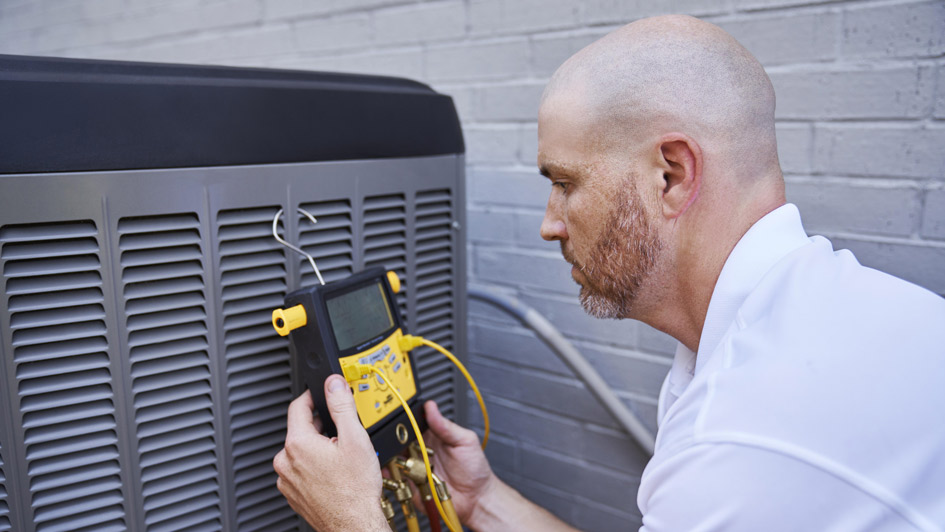Blog
Serving Athol and These Areas
Alpine Summit Heating & Cooling
904 E Teton Rd
Athol, ID 83801-8920
Phone: 208-561-1226
Email: [email protected]
License #033365
About Alpine Summit Heating & Cooling
At Alpine Summit Heating & Cooling’s HVAC, making your home comfortable is our top priority. That’s why we provide reliable HVAC equipment and outstanding work in Athol. Our technicians are educated in a full range of services, so you can feel confident in your results. They’ll offer the support you are looking for, whether it’s installing a modern HVAC system or working on and tuning up your current equipment. We’re here to assist with all of your needs, so ring us at 208-561-1226 or contact us online to request an appointment now.
© 2025 Alpine Summit Heating & Cooling | All rights reserved











